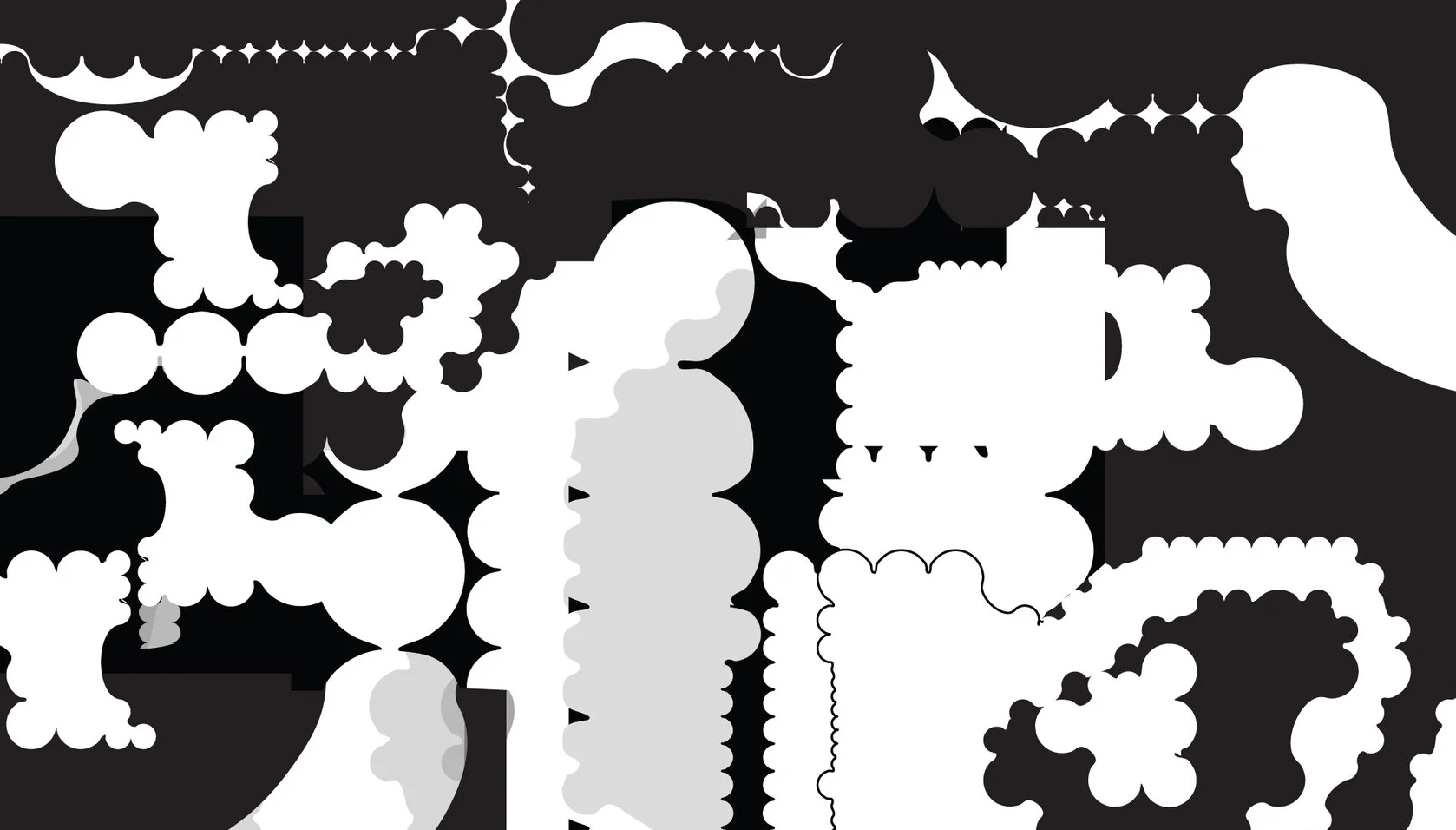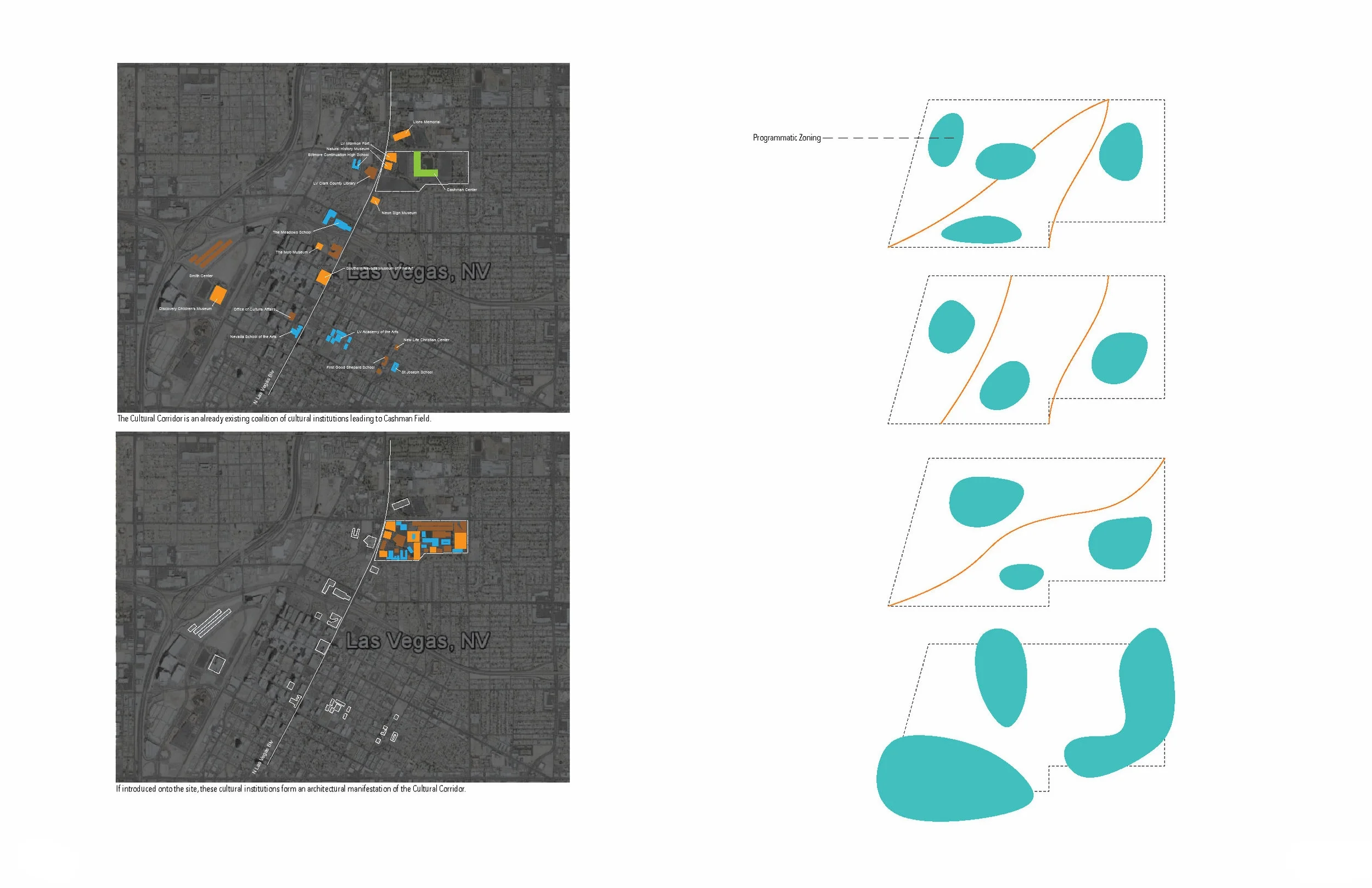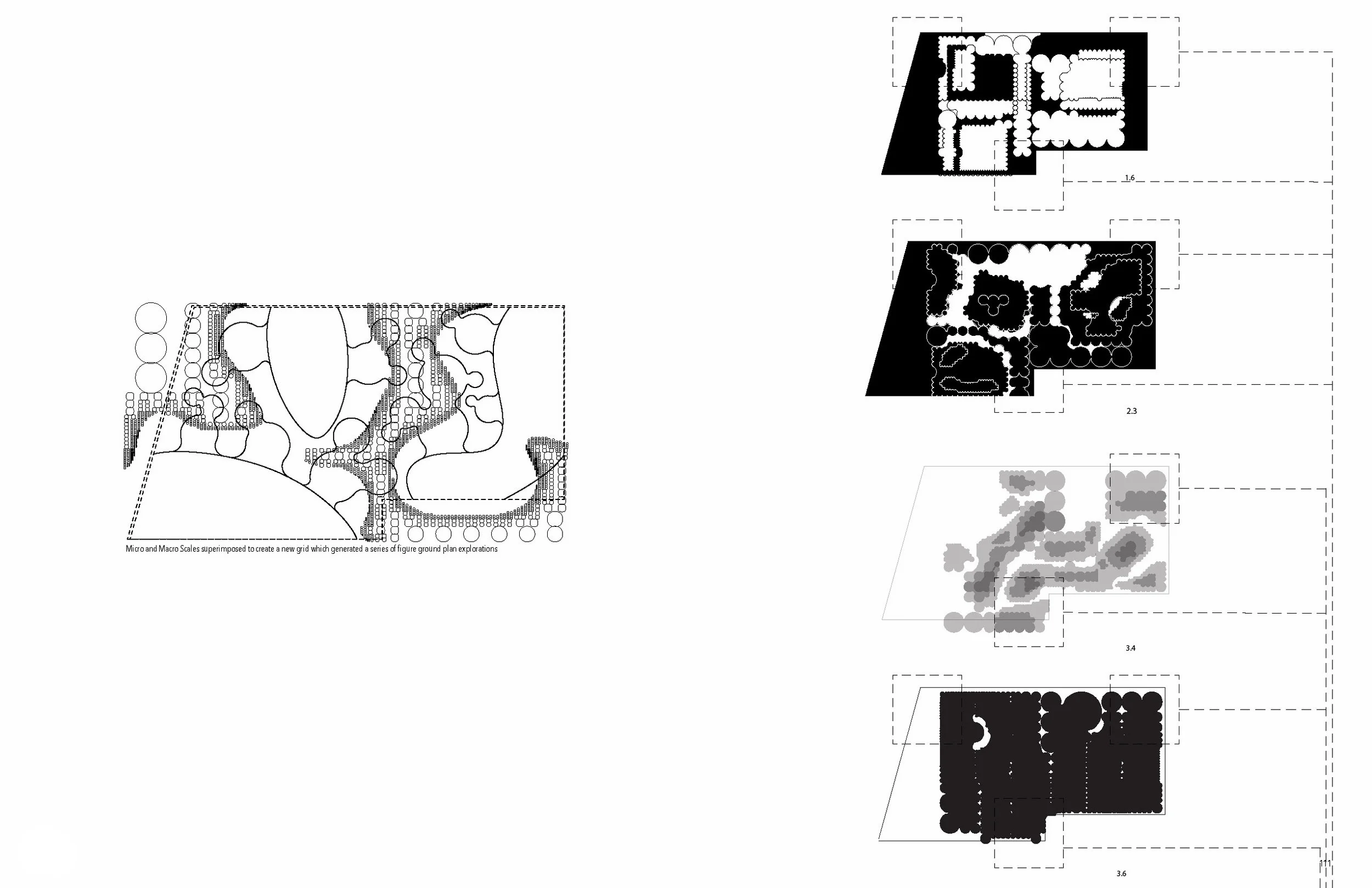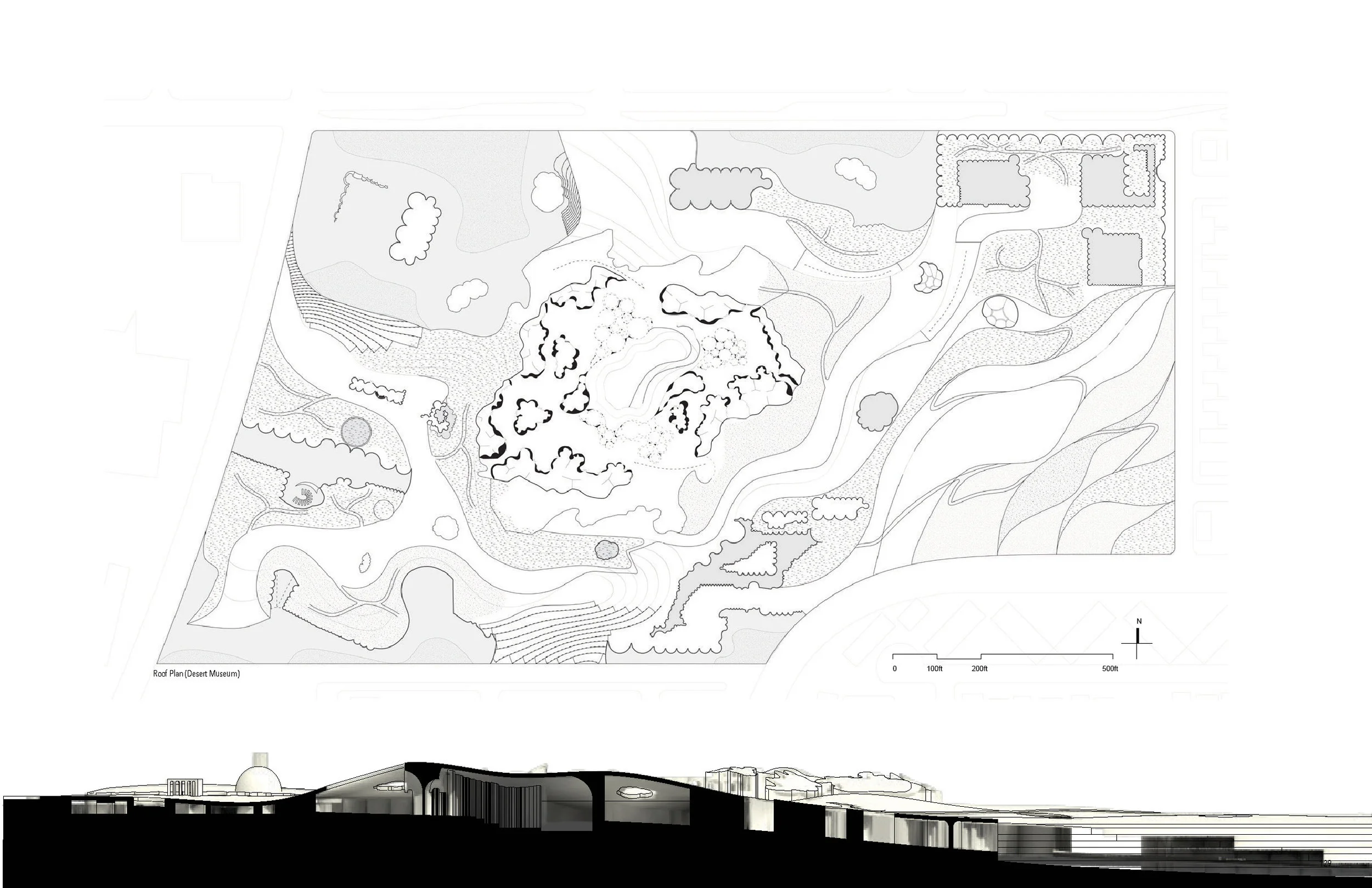Cultural Corridor
Columbia University // Graduate School of Architecture Planning and Preservation
Professor Benjamin Arranda
Team: Lee Qu
Spring 2015
We would like to propose the extension of the cultural corridor. Currently, the corridor is a zone that spans 12 blocks passing many cultural institutions culminating in Cashman Field. This site is removed from the Las Vegas Strip. In this there is opportunity for this site to create a completely unique identity. As the architectural manifestation of the Cultural Corridor the new Cashman Field would house all these different Cultural Institutions. These institutions would be specific to the culture of Las Vegas including its desert climate. This Cultural Corridor would help define and revitalize the surrounding neighborhood introducing a new tourist demographic and economy. The physical implementation of this Corridor would help redefine the dynamics of the site, which currently expresses a harsh separation between the residential, commercial, and public zones. Through this Cultural Corridor, these zones could begin to mix and blend together.
Strip to Corridor
Cashman Field is located in Downtown Vegas, north of the Strip. Its removed location from the main streets of Vegas provide a unique opportunity to introduce a new identity: the Cultural Corridor. This mall of cultural institutions would provide the Las Vegas tourist with a different experience than that of the strip. A much more intimate experience of the other aspects of Las Vegas Culture.
Scales of Planning
Micro-Scale Planning
Through the analysis of tactical topographical surface planning, a desert strategy, a micro scale system of organization was developed to better define and understand the site at Cashman Field.
Macro-Scale Planning
Through the analysis of sub-surface system, a common desert practice, a macro scale system of organization was developed to isolate and articulate field generated from the micro scale analysis.
Figure Ground Plans
Interesting moments with architectural potential were then isolated and culled from the figure - ground plan explorations. These “moments” were then reconfigured to produce a site and programmatic language derived from desert strategies.
Precedents
Cultural Institutions were selected from the immediate context. Architectural conditions were found that best expressed the qualities and programs within these institutions.
"Bubbled" Plans
Cultural institutions re-imagined with selected "moments."
On the Site



















